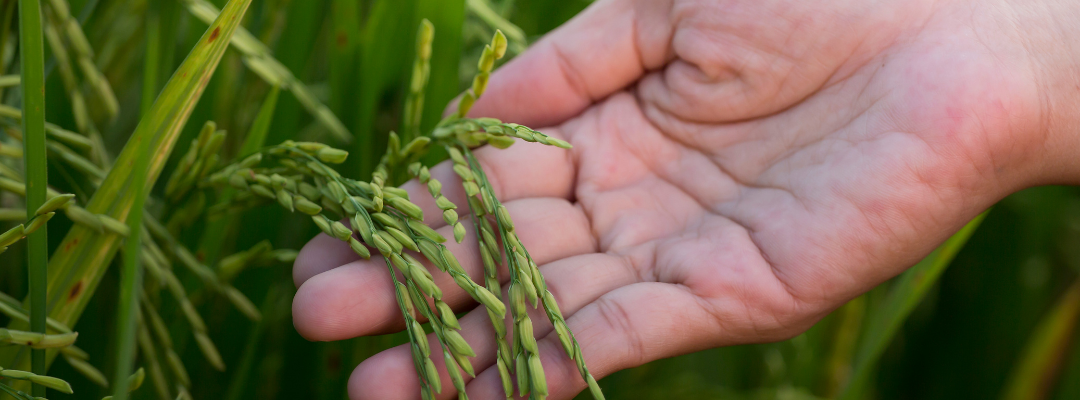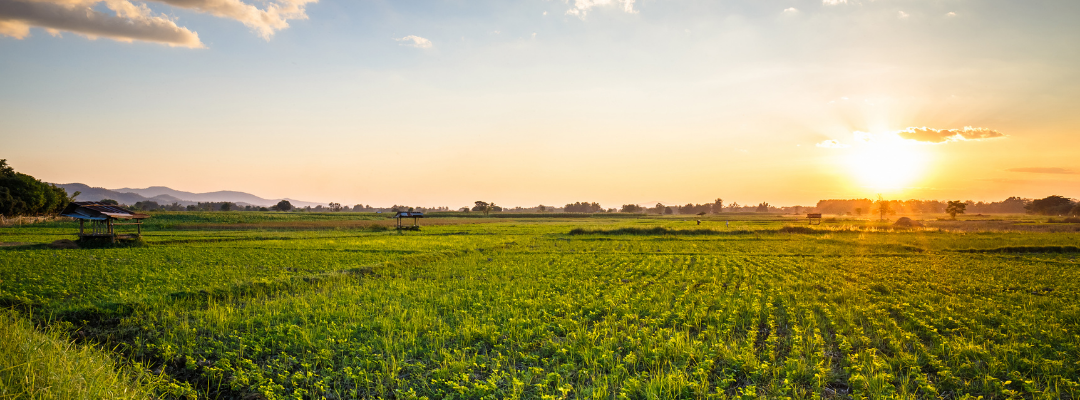The increased cost of fertilizers has many users asking where fertility costs can be reduced. Soil testing has long been recommended for farmers, ranchers, and homeowners to identify fertility levels and enable them to only purchase/apply that which is needed. In addition to replacing the right amount of nutrients, it’s important to consider the conditions which make the most efficient use of existing and applied nutrients. One component of a fertility program (and soil testing) that should not be overlooked is identifying and correcting low pH through the application of agricultural lime. Agricultural lime is an investment that will leverage high-cost fertilization by providing improved nutrient utilization in row crops, forages, and most other agricultural crops we grow in the S.E. United States. .
Figure 1. How Soil pH Affects Availability of Plant Nutrients
Figure 1 shows the range of soil pH that provides that greatest plant utilization of the listed nutrients in the soil. If the soil pH is out of the target range, the nutrients aren’t utilized as efficiently. It should be noted that higher pH range may result in less utilization of some micronutrients. It is important to know the major nutrient and micronutrient requirements of the selected crop or forage.
There are various materials that are used for liming, and they have different attributes. Check with your supplier about what liming materials are available. Many states have regulations or laws associated with the characteristics and efficiency of materials that can be marketed as agricultural lime.
It typically takes one to two months after an application of a liming material before it becomes effective, so plan accordingly.
Producers should check with their land grant university for soil testing related information.
Runge, Max. “The Value of Proper Soil pH“. Southern Ag Today 2(19.3). Permalink








